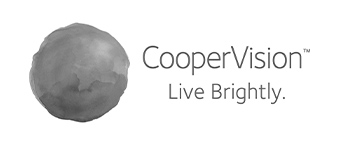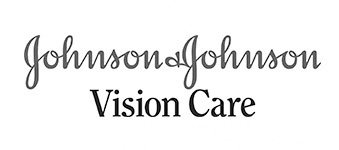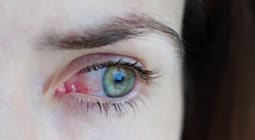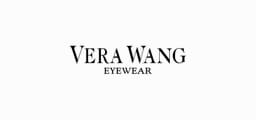Your eyes are unique, so there is no one-size-fits-all approach when it comes to contact lenses. Comprehensive eye exams, contact lens exams, and contact lens fittings each play a critical role in the contact lens wear process.
Improperly fitted contact lenses are not just uncomfortable; they also pose a safety hazard and can cause corneal damage.
To determine if contact lenses are a good choice for you, book your contact lens exam and fitting today.
Finding the Right Contacts for You
Once we have reviewed your medical history with you and addressed any questions or concerns you may have, we will continue with the contact lens exam.
The contact lens exam allows us to determine if you have any ocular conditions that may preclude you from wearing contact lenses. Once we have determined that you are a good candidate for contact lenses, we will determine your contact lens prescription and move on to the fitting.
Please note that your contact lens prescription is different from your eyeglasses prescription.
Now that we know contact lenses are a good choice for you, we will take measurements of your eyes. Accurate measurements are critical for ensuring that the contact lenses we prescribe are suitable for your eyes, based on the size and shape of your corneas.
Contact lenses are available in a variety of sizes and curvatures, so it is vital that we find the right size and shape for your eyes. This will ensure that your eyes remain healthy and comfortable, and your vision is clear and stable.
Once we have determined which size, curvature, and style of contact lenses are right for you, we will send you home with a trial pair in your prescription. The trial period allows you to test out your new contact lenses over the next few days to ensure that your eyes are comfortable and your vision is clear.
We will meet with you again in approximately a week to verify that your eyes are adapting correctly to your new contact lenses and confirm you are satisfied. If you are happy, we will order a supply of contact lenses for you and provide you with a copy of your prescription. If you are not completely satisfied with the initial trial lenses, we will try different styles, brands, and powers until we find the right pair and provide you with a copy of your prescription.
Specialty Contact Lenses
Toric contact lenses are engineered for patients with astigmatism. While standard spherical lenses are made with only one prescription, toric lenses are made with different prescriptions along the horizontal and vertical axes.
Toric lenses must remain rotationally stable throughout the day so that the prescription properly corrects your astigmatic refraction. To achieve this, toric lenses contain a weighted portion to prevent rotation.
Multifocal contact lenses feature two or more prescriptions on one lens and are most often prescribed to individuals with presbyopia. Presbyopia is a common visual condition that occurs naturally as we age and impacts our ability to focus on close objects.
Multifocal contact lenses, like multifocal glasses, allow you to view both distant and near objects clearly without needing to switch between different pairs of glasses or contact lenses. Multifocal contact lenses can be made using either concentric rings alternating between near and distance powers or can be aspheric. Aspheric multifocal contact lenses offer a smooth transition between prescriptions.
Are you considering contact lenses? Are your current contact lenses not quite right?
Caring for Your Contact Lenses
Proper contact lens care is essential for maintaining optimum eye health. Though your optometrist will provide you with specific instructions tailored to your particular style of contact lenses, all contact lens wearers should wash their hands thoroughly with soap and water before inserting or removing their contact lenses. This helps limit bacterial growth, preventing eye infections.
You should never share your contact lenses or contact lens case with anyone. Sharing lenses and cases increases your chances of developing an eye infection, including bacterial or viral conjunctivitis.
You should only clean your contact lenses using an approved contact lens multipurpose or hydrogen peroxide solution, and you should never top-up or reuse your contact lens solution when storing your contact lenses.
To help discourage bacterial growth, you should replace your contact lens case at least every three months or any time it becomes damaged. Depending on your cleaning system, your optometrist may recommend that you replace your case more frequently.
If you have any questions about cleaning and caring for your contact lenses, please speak to your optometrist.
Contact Lens Brands
Hawkesbury Optometric offers a wide variety of high-quality contact lens brands to suit your needs.

Optik K&R
Since its founding in 1991, Canadian manufacturer Optik K&R is committed to providing high-quality contact lenses created with innovative techniques and materials. Their goal is to improve the way their clients see the world, and they do just that with their cutting-edge lenses.



















